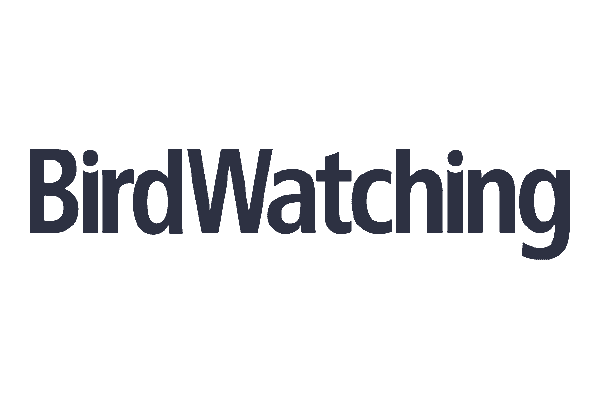
Yellow Wattlebird
Anthochaera paradoxa
The Yellow Wattlebird, known scientifically as Anthochaera paradoxa, is a striking member of the honeyeater family, Meliphagidae. Endemic to Tasmania, this species is distinguished as the largest honeyeater, with a length ranging from 37.5 to 45 centimeters. Males are notably heavier than females, with the most robust males reaching weights of up to 260 grams. These birds are named for their distinctive yellow-orange wattles, which dangle elegantly from their cheeks and become more vivid during the breeding season. Their plumage is a blend of a white face, a black-streaked crown, dark wings, and a yellow belly, while the upperparts are a muted grey to dusky brown.
Identification Tips
To identify the Yellow Wattlebird, look for a slim bird with a short, strong bill, and a long, pendulous wattle. The males are larger than the females, and juveniles can be recognized by their smaller wattles, paler head, and browner underbelly.
Habitat
The Yellow Wattlebird thrives in a variety of habitats, from dry to wet forests and coastal heaths to subalpine zones. They are often found in proximity to Eucalyptus trees, in mountain shrubberies, open woodlands dominated by Banksia, and even in human-modified landscapes such as golf courses, orchards, parks, and gardens.
Distribution
This species is commonly found across eastern and central Tasmania, with less frequent sightings on King Island. There have been unconfirmed reports of their presence on the southern Mornington Peninsula in Victoria.
Behaviour
Yellow Wattlebirds are active, acrobatic, and exhibit strong flight capabilities. They are relatively tame and may venture into gardens in search of food. Their calls are harsh and raucous, reminiscent of coughing or belching, and include a gurgling 'growk' or repeated 'clok' sounds.
Song & Calls
The vocalizations of the Yellow Wattlebird are distinctive and can be described as harsh, raucous, and grating, often compared to a person coughing or belching.
Breeding
During the breeding season, Yellow Wattlebirds form pairs and vigorously defend their territories. The female constructs a large, open saucer-shaped nest made of twigs and bark, lined with wool and grass. The nests are placed in trees or shrubs and can be up to 13 centimeters in height. They lay 2-3 salmon-red eggs, adorned with spots and blotches of red-brown, purplish-red, and blue-grey. Both parents participate in incubation and feeding of the young.
Similar Species
The Yellow Wattlebird can be confused with the Little Wattlebird and the Red Wattlebird, but can be distinguished by its larger size and the color of its wattle.
Diet and Feeding
Their diet consists of nectar from eucalypts and banksias, fruit, insects, spiders, honeydew, honey bees in flight, and manna. They forage at various levels, from the ground to the canopy. The irregular blooming of eucalyptus trees influences their breeding distribution, as they rely heavily on nectar.
Conservation status
The Yellow Wattlebird is currently listed as Least Concern on the IUCN Red List. However, they are susceptible to unusual climatic conditions that can reduce food availability, posing a potential threat to their population.




























































